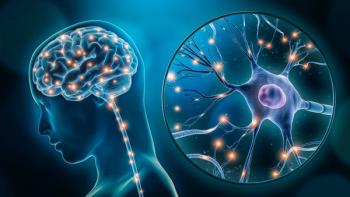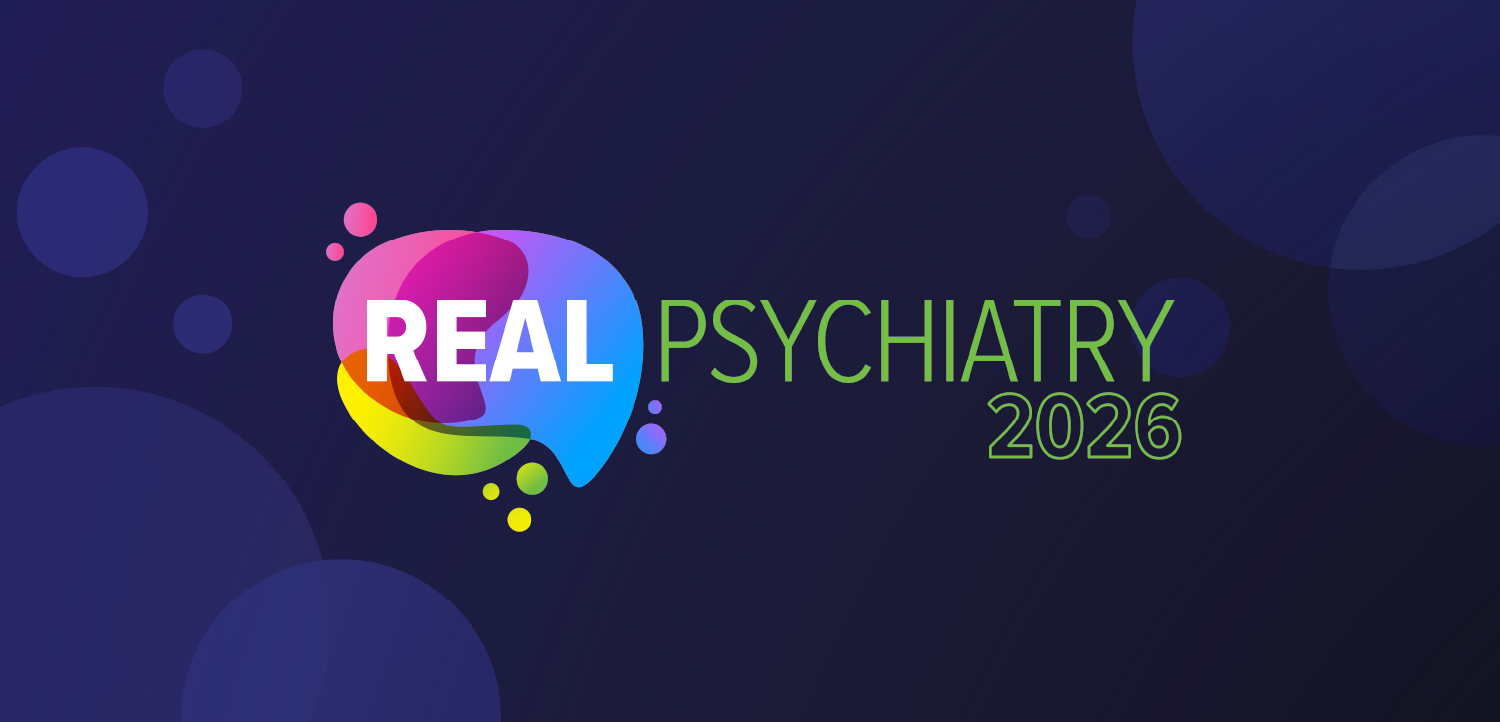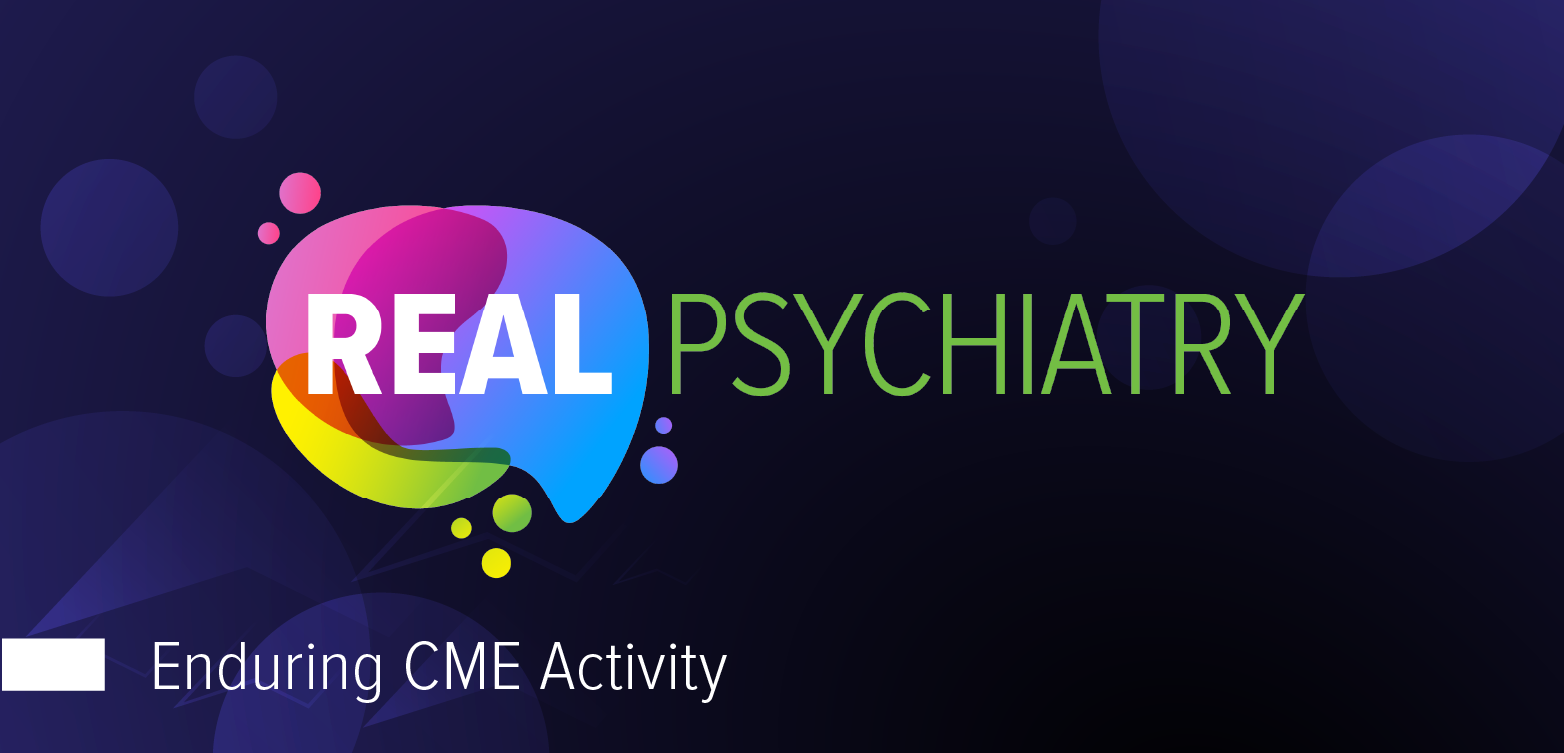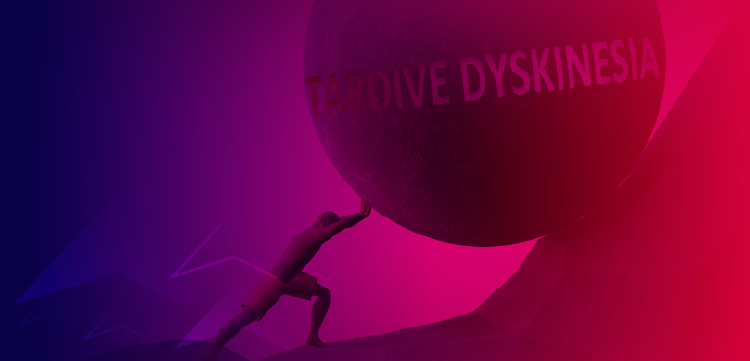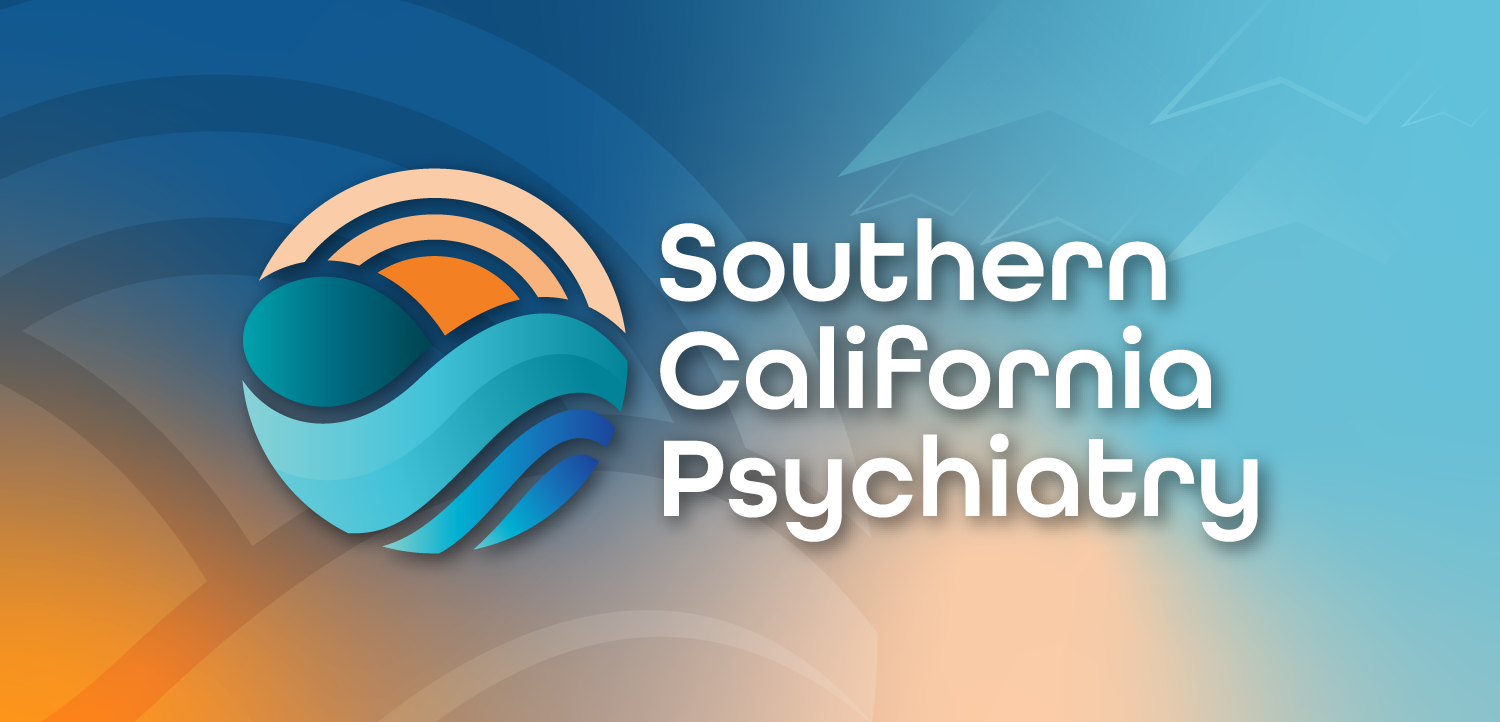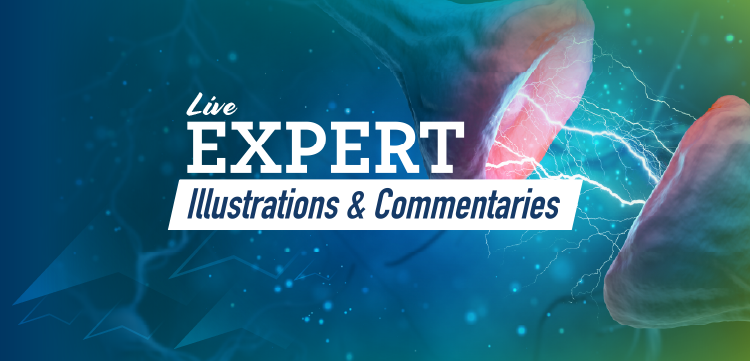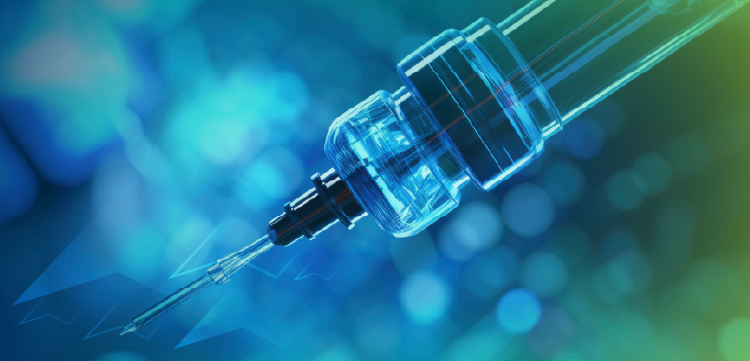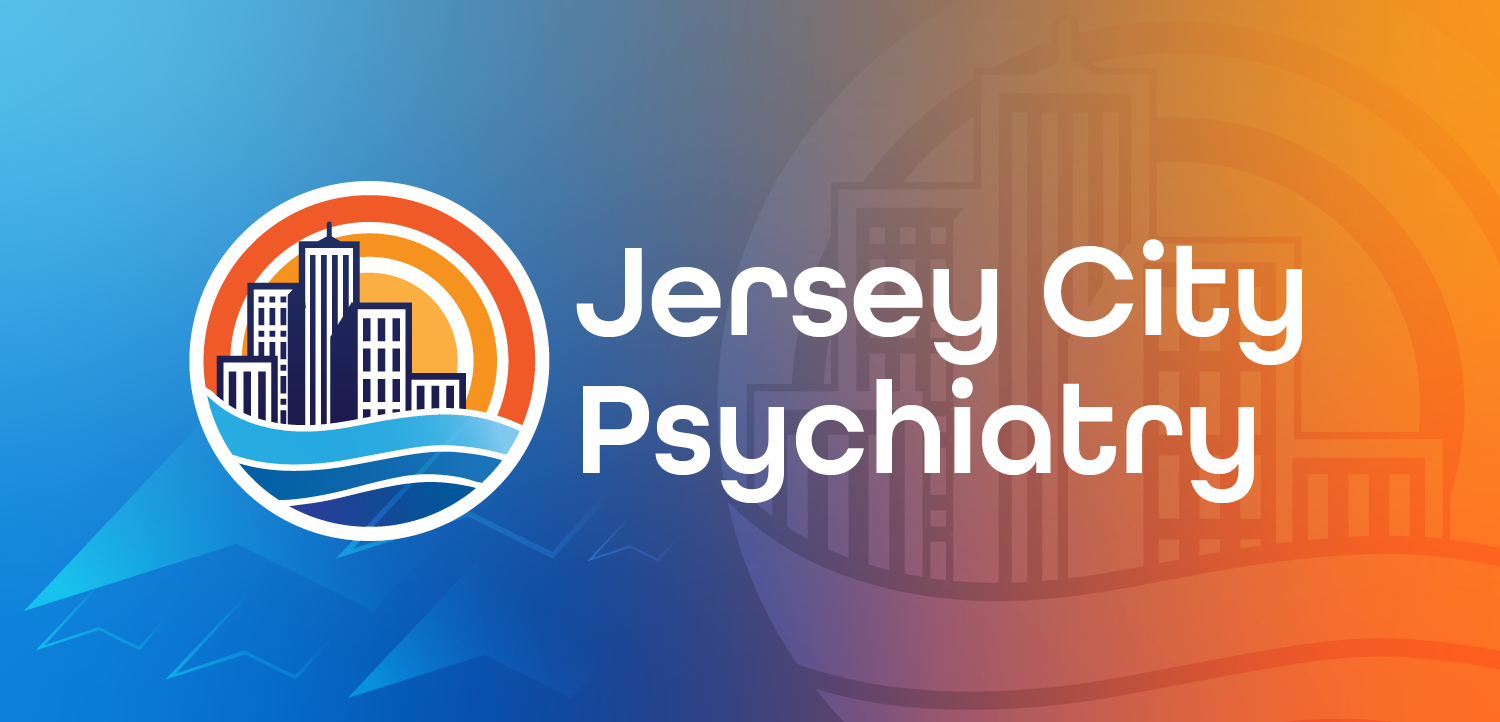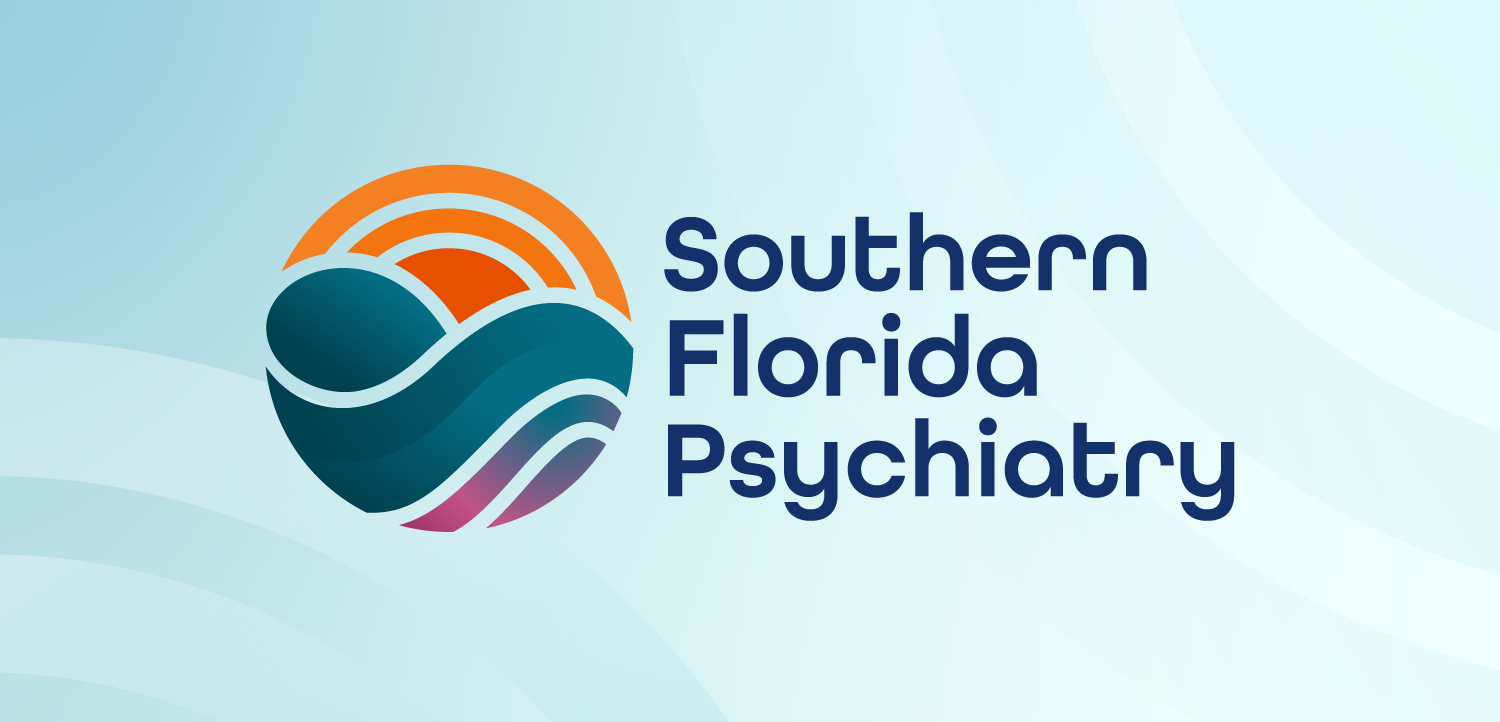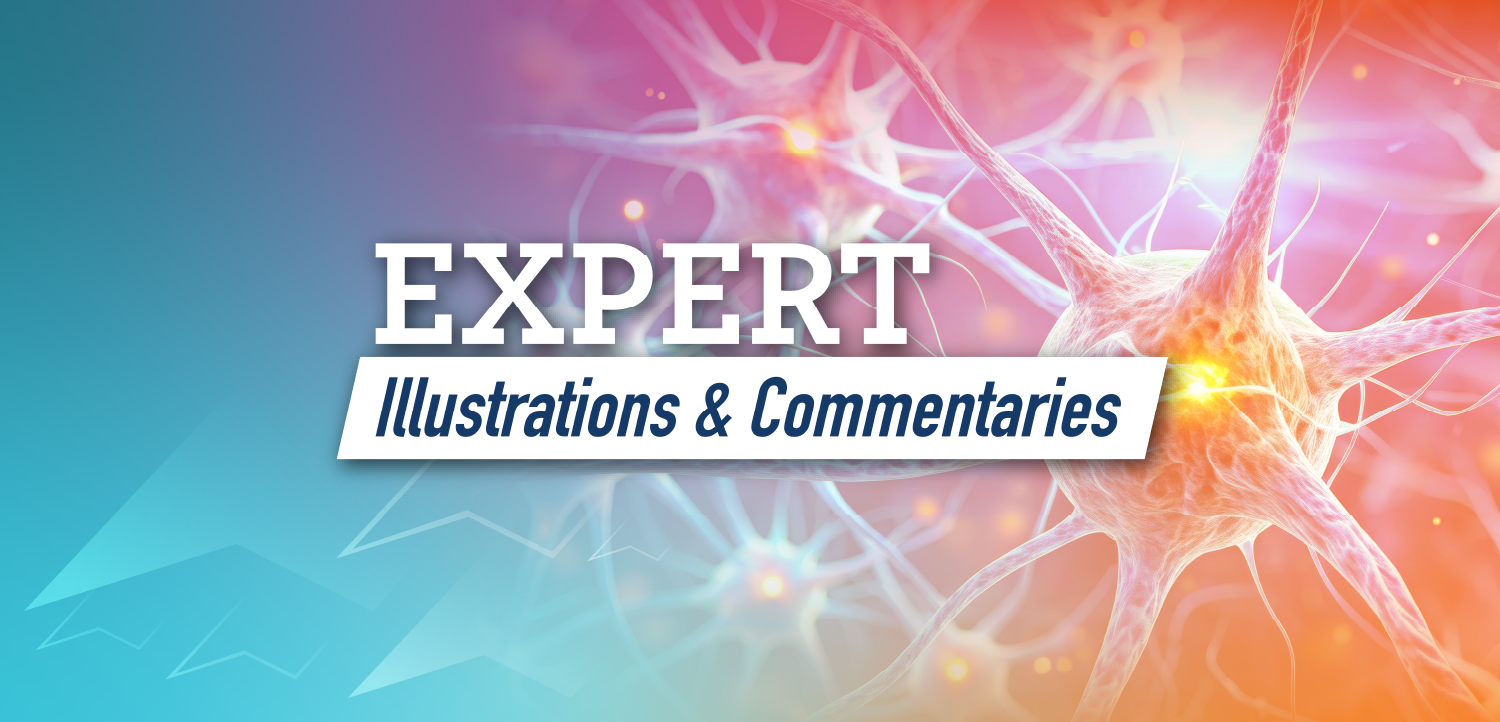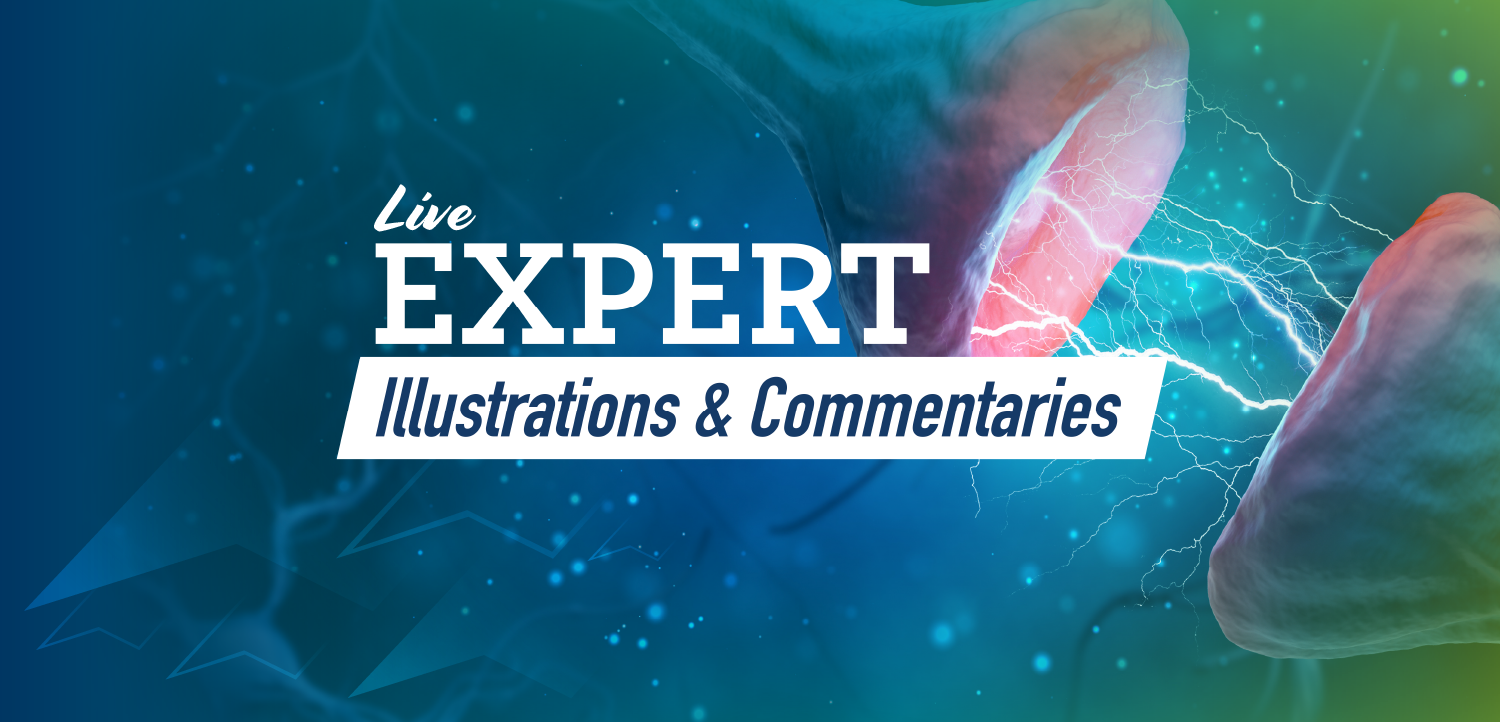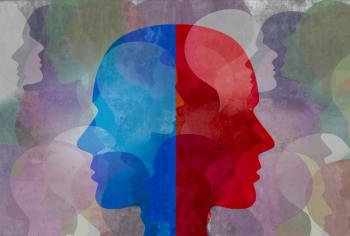
Major Depressive Disorder Research Roundup: February 6, 2025
Learn more about the latest research on the impact the endocrine system has on major depressive disorder.
In this Research Roundup, we explore recent studies aiming to learn more about how the endocrine system can influence major depressive disorder (MDD).
Hair Cortisol/Cortisone Ratio Higher in Adolescent Patients Experiencing MDD
The hypothalamic-pituitary-adrenal (HPA) axis has been found to impact major depressive disorder (MDD) in children and teens. Due to the role the HPA axis plays, hair glucocorticoids serve as biomarkers of chronic stress. A 2024 study assessed the differences in hair cortisol and cortisone concentrations and the cortisol/cortisone ratio between girls experiencing MDD and girls who were not.
Researchers analyzed hair samples from 74 participants, aged 12 to 19. The 41 patients experiencing MDD were recruited from health care professionals in Montreal, Canada, and met the criteria for MDD based on the Schedule for Affective Disorders and Schizophrenia for School-Age Children-Present and Lifetime (K-SADS-PL). The 33 control participants were recruited from secondary schools.
Depressive and anxiety symptoms were assessed alongside clinical correlates. Participants were assessed on the K-SADS-PL, Beck Youth Inventory II, Borderline Personality Features Scale for Children, and the Childhood Trauma Questionnaire-Short Form.
Although no significant differences were shown between the MDD and control groups, the cortisol/cortisone ratio was significantly higher in the MDD group with an adjusted mean of .639, compared with the control group at .488. This difference suggests a dysregulation of the 11-beta-hydroxysteroid dehydrogenase enzymes.
“Since significant results emerged only for the ratio (and not the individual hormones), our findings highlight the importance of investigating cortisol and cortisone together rather than only individually,” the authors conclude.
Reference
1. Zerroug Y, Marin MF, Porter-Vignola E, et al.
Thyroid-Stimulating Hormone Highly Correlated With Abnormal Blood Lipid Metabolism Patients With MDD
Thyroid-stimulating hormones (TSH) were highly correlated with abnormal lipid metabolism in patients with MDD, according to a 2024 study. Investigators, citing previous studies showing the importance of TSH in regulating lipid metabolism, explored the relationship between TSH and lipid metabolism in patients with first-episode, drug-naïve MDD.
Study participants consisted of a group of 1718 patients aged 18 to 60 years (34.2% male, 65.8% female) recruited in the outpatient clinic at the Department of Psychiatry of the First Clinical Medical College of Shanxi Medical University in China. Each participant fulfilled the DSM-IV diagnostic criteria for depression and had a Hamilton Depression Scale (HAMD) score of 24 or above. Participants were divided into 2 groups based on TSH levels being normal (TSH-NOR) or abnormal (TSH-AB). The TSH-NOR group consisted of 674 patients, and the TSH-AB group was made up of 1044 patients.
Clinical assessments included the HAMD, Hamilton Anxiety Rating Scale (HAMA), and the positive subscale of the Positive and Negative Syndrome Scale (PANSS). Blood tests measured TSH, free T3, free T4, lipid levels, fasting glucose, and thyroid antibodies.
Patients in the TSH-AB group exhibited higher HAMD, HAMA, and PANSS scores than the TSH-NOR group. The TSH-AB group also exhibited higher body-mass index, systolic blood pressure and diastolic blood pressure than the TSH-NOR group.
The TSH-AB group had a higher incidence of suicide attempts (25.19% vs. 12.31% in TSH-NOR). The TSH-AB group also showed elevated levels of fasting blood glucose, total cholesterol (TC), triglycerides (TG), and low-density lipoprotein cholesterol (LDL-C), but lower high-density lipoprotein cholesterol (HDL-C). TSH values positively correlated with TC, TG, and LDL-C, and negatively with HDL-C.
“Our results showed that participants in the TSH-AB group had significantly higher scores of HAMD, HAMA and positive symptoms, as well as a higher incidence of suicide attempts than those in the TSH-NOR group,” investigators concluded.
Reference
1. Cui CQ, Li Z, Hou ZR, et al.
Iodine Status and Thyroid Function in Adolescents With Pediatric MDD
Proper iodine nutrition is essential to healthy thyroid function. Depression has been associated with subclinical hypothyroidism. A 2024 matched case, control designed study looked at the associations between thyroid dysfunction, iodine status, and pediatric major depressive disorder (pMDD) in Swiss adolescents.
Researchers included 190 participants aged 13 to 17. The participant groups split evenly with 95 in the control group and 95 in the pMDD group. The control group had no past or present primary diagnosed psychiatric disorder according to the Mini-International Neuropsychiatric Interview for Children and Adolescents and had no use of chronic medication. Participants in the pMDD group were also participants in the Omega-3 Fatty Acids as treatment for Pediatric Major Depressive Disorder trial under the Department of Child and Adolescent Psychiatry and Psychotherapy of the Psychiatric Hospital at the University of Zurich, and were randomly selected to match the controls.
Researchers measured thyroid function (TSH and free thyroxine [FT4)] levels), iodine status (urinary iodine concentration [UIC]), depression severity (Children’s Depression Rating Scale-Revised), and stress (perceived stress scale and hair cortisol levels).
Results showed no significant differences in UIC between groups, indicating adequate iodine nutrition. However, patients with pMDD had significantly lower median TSH (1.36 vs 1.50 mIU/L; P=0.039) and FT4 (14.7 vs 15.7 pmol/L; P=0.004). The prevalence of hypothyroxinemia (normal TSH, low FT4) was higher in female patients with pMDD than in the control group (21% vs 4%;P=0.006).
“Against our hypothesis of inadequate iodine nutrition to be associated with aberrant thyroid parameters in pMDD, we found a trend for lower TSH values among cases with antidepressant treatment,” the investigators concluded.
Reference
1. Osuna E, Baumgartner J, Walther A, et al.
Newsletter
Receive trusted psychiatric news, expert analysis, and clinical insights — subscribe today to support your practice and your patients.


